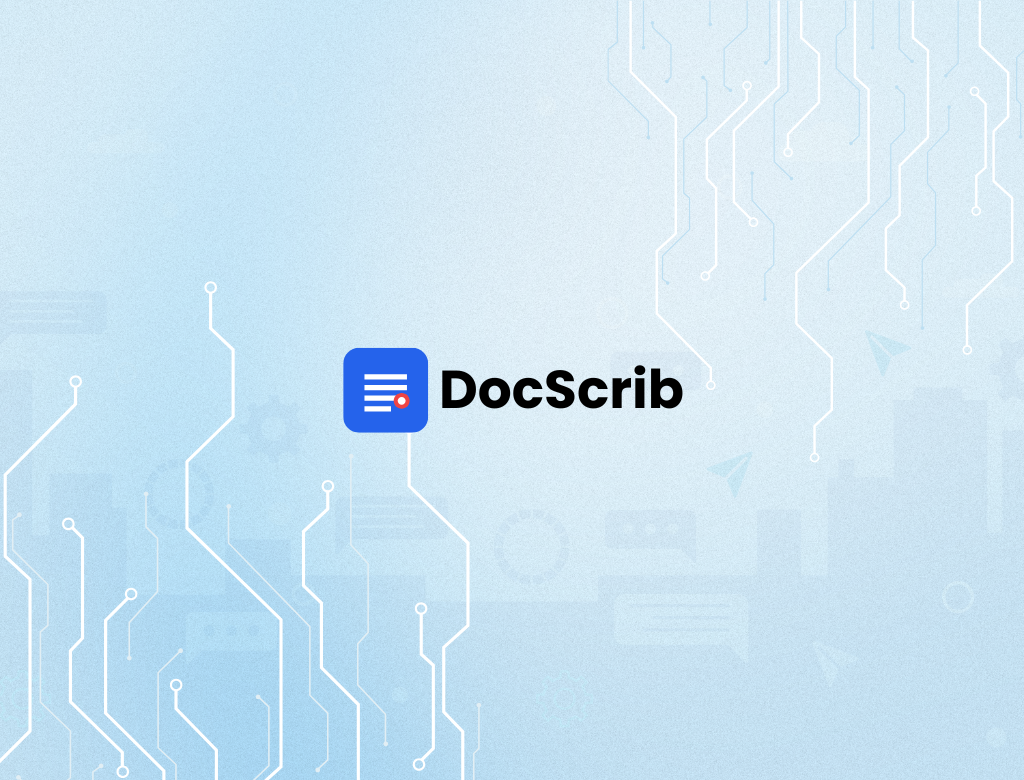In today’s complex medical landscape, precision isn’t optional — it’s essential. Whether you’re a physician, medical coder, or healthcare administrator, accurate diagnosis and billing codes are critical to patient care and reimbursement. That’s where ICD-10 code search tools come in — helping streamline workflows, reduce errors, and ensure compliance.
What is ICD-10?
ICD-10 (International Classification of Diseases, 10th Revision) is a globally recognized coding system developed by the World Health Organization (WHO) and adopted in the U.S. by CMS and CDC. It contains over 70,000 codes used to classify diagnoses and reasons for visits in all healthcare settings.
These alphanumeric codes help:
-
Track disease prevalence and outbreaks
-
Facilitate clinical research
-
Enable insurance billing and reimbursement
-
Support value-based care and outcomes tracking
Why ICD-10 Code Search Tools Matter
1. Speed and Accuracy
Manually browsing through thousands of codes is time-consuming and prone to errors. Search tools help medical professionals find the right code quickly, often using just a few keywords or symptoms.
2. Up-to-Date Information
ICD codes are updated annually. A good code search tool ensures access to the latest revisions, reducing the risk of using deprecated or invalid codes.
3. Improved Revenue Cycle Management
Accurate coding minimizes claim rejections and denials, leading to faster reimbursements and better financial health for clinics and hospitals.
4. Clinical Documentation Improvement (CDI)
Integrating a code search tool with clinical documentation helps ensure that notes align with billing codes, improving data quality and compliance.
5. Training and Education
For new clinicians or coders, search tools are educational aids that help understand the code structure and specificity required for different conditions.
Features of a Good ICD-10 Search Tool
When choosing or integrating an ICD-10 search engine, look for:
-
Keyword-based search with autocomplete
-
Filters by category, body system, or code range
-
Synonym recognition (e.g., “heart attack” → “acute myocardial infarction”)
-
Crosswalk support for ICD-9 to ICD-10 mappings
-
Integration with EHRs or dictation software (like Docscrib)
-
Coding guidelines and tips for each code
-
Favorites, history, and shortcuts
Examples of Popular ICD-10 Code Tools
| Tool | Highlights |
|---|---|
| ICD10Data.com | Free, fast, and easy-to-use with deep linking and guidelines |
| CMS.gov Lookup | Official but less user-friendly |
| Find-A-Code | Paid tool with robust features, including CPT and HCPCS codes |
| Codify by AAPC | Professional-grade coding suite with compliance tools |
| Athenahealth/Epic-integrated tools | Built directly into EHRs, context-aware suggestions |
How Docscrib Can Leverage ICD-10 Search
At Docscrib, our goal is to simplify and accelerate clinical documentation. Embedding an ICD-10 search tool within our platform can:
-
Autocomplete diagnosis fields as doctors speak or type
-
Suggest probable codes based on SOAP note content
-
Reduce back-and-forth with billing teams
-
Make documentation audit-ready and compliant
-
Help new providers onboard faster with guided suggestions
Final Thoughts
ICD-10 code search tools are not just for coders — they’re becoming an essential part of clinical workflows. Whether you’re documenting a patient visit, filing claims, or conducting audits, a smart search tool saves time, reduces errors, and improves overall care delivery.
By integrating intelligent ICD-10 search within ambient scribe platforms like Docscrib, we can further unlock automation and accuracy in the clinical documentation journey.
